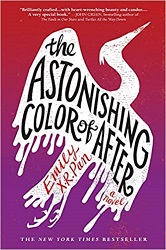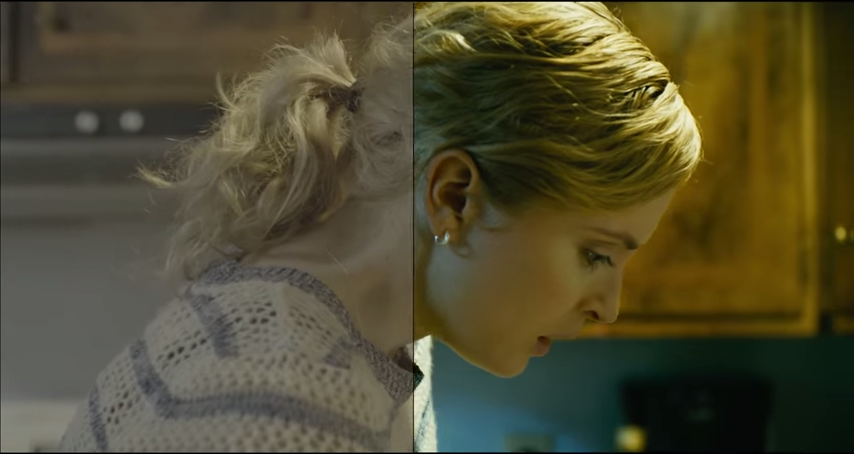
Although Scheele and others knew how toxic these pigments were, that didn't stop the colors from being used for clothing, candles, papers, playing cards, book-bindings, and sometimes even food. The vibrant yellow-green hue caught on, especially after it was discovered that arsenic also produced a variety of other greens, from deep emerald to pale peridot. The first such pigment on the scene was Scheele’s Green, discovered by Swedish chemist Carl Wilhelm Scheele in 1775. Scheele's GreenĪrsenic-based green pigments were all the rage in the 19th century, coloring everything from hosiery to hats to children’s toys. (Examples of such paintings include Bacchus and Ariadne and Noli me Tangere, now in London's National Gallery.) In the 1960s, redheaded Barbie dolls were officially known as “Titians.” More loosely, the term has come to mean any orange-red color, although people seem to love to debate exactly what shades count. GABRIEL BOUYS/AFP/Getty ImagesĪ person with red hair is sometimes said to be a Titian, after the great 16th century Venetian painter who was notably fond of painting redheads.

Visitors look at a painting by Renaissance master Titian in Rome.

("I once had a gown that was almost new / Oh, the daintiest thing, it was sweet Alice Blue / With little forget-me-nots placed here and there / When I had it on, I walked on air.") 2. (She was also known for smoking in public and other forms of mischief-making, supposedly leading her father to declare: “I can either run the country or I can attend to Alice, but I cannot possibly do both.”) Her ice-blue dresses inspired the song " Alice Blue Gown" by Joseph McCarthy and Harry Tierney, which premiered in the 1919 Broadway musical Irene. Alice BlueĪ pale azure blue named for Alice Roosevelt Longworth, daughter of Theodore Roosevelt, who was known for wearing gowns of the color and thus sparking a trend for it. Consider this list the place where the history books meet the artist’s palette. While many of these figures are artists who were known for using or developing these hues, other color eponyms come from the scientists who invented them or those who loved to wear them.

Throughout history, a variety of famous people have lent their names to shades of brilliant blue, shocking purple, grassy green, muddy brown, and other hues.


 0 kommentar(er)
0 kommentar(er)
